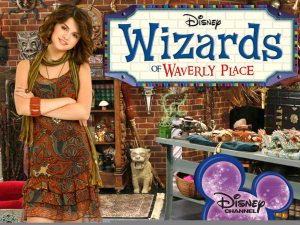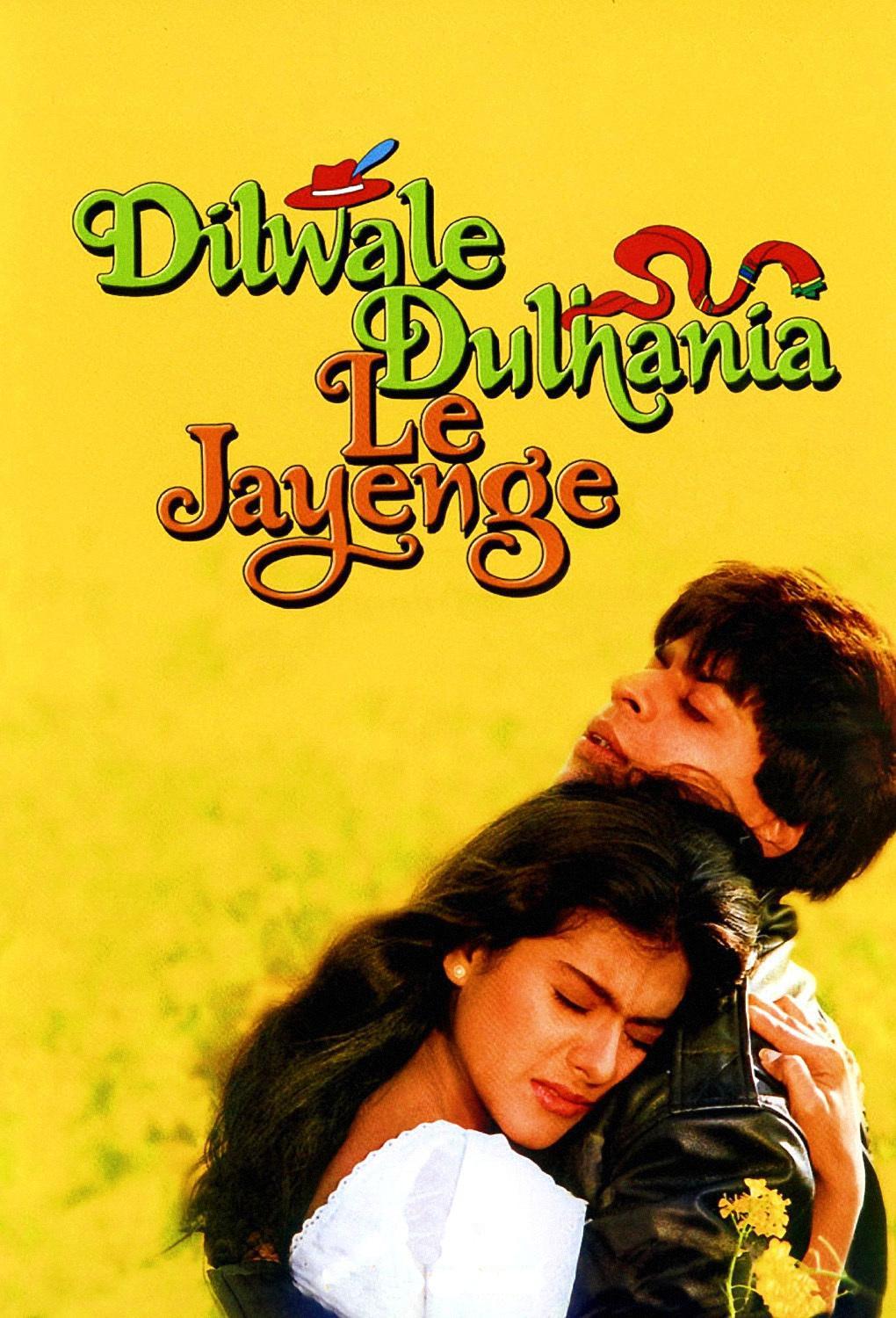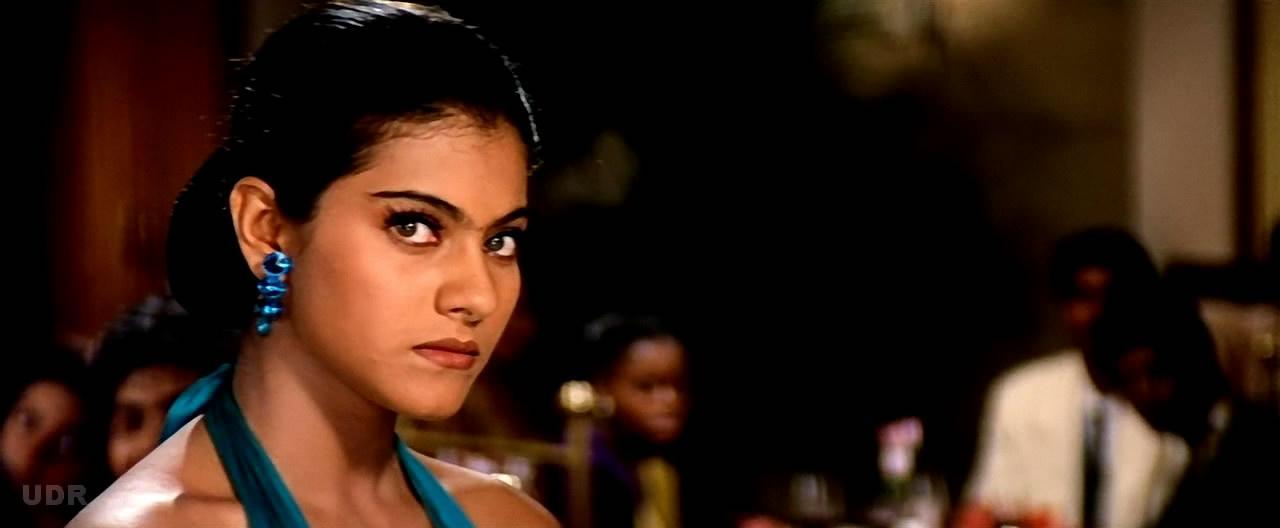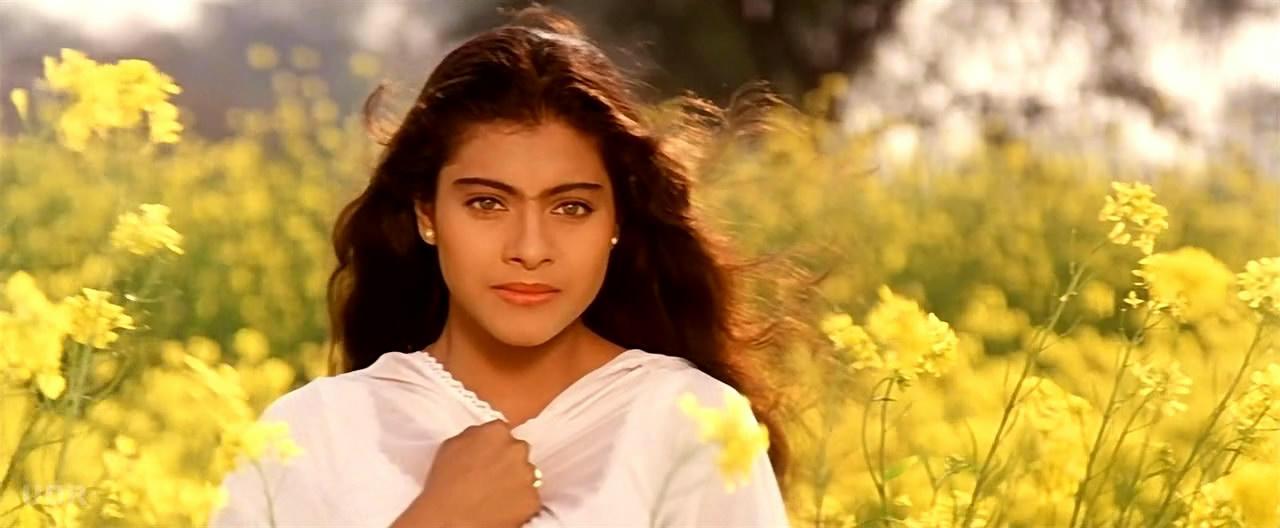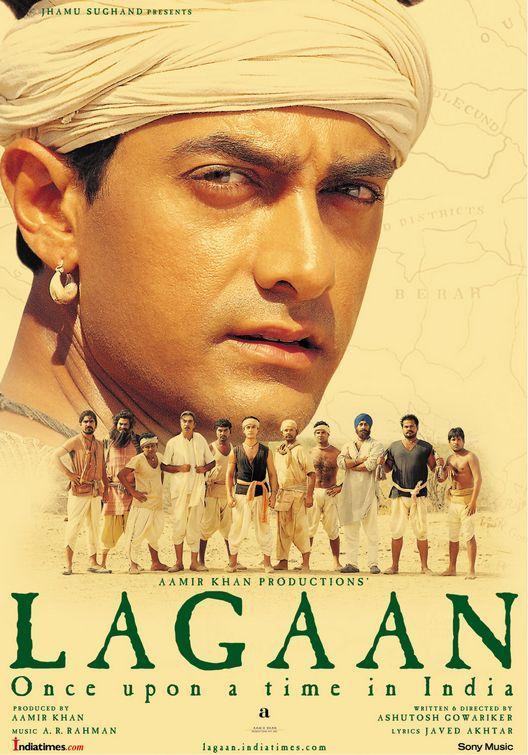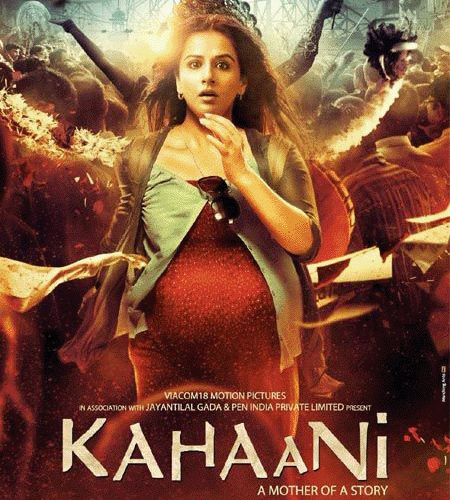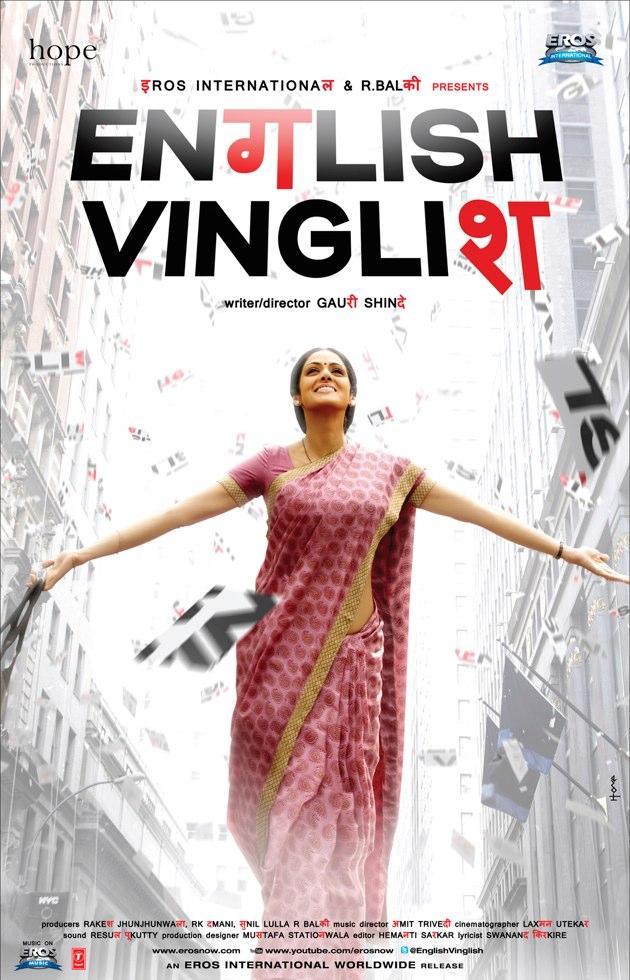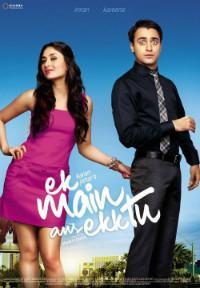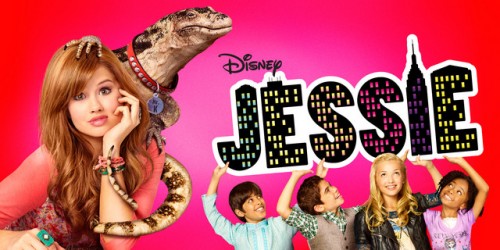
This cross-post by Katherine Filaseta appears as part of our theme week on Children’s Television and previously appeared at her blog Complaining About Things I Like.
For those who don’t know, Jessie is a Disney Channel series about a girl from Texas who moves to New York City and becomes nanny for a Brangelina couple with four adopted children from around the world. If done well, it could allow for very educational programming for children about diversity and identity. Spoiler alert: it hasn’t been done well. It’s been done terribly.
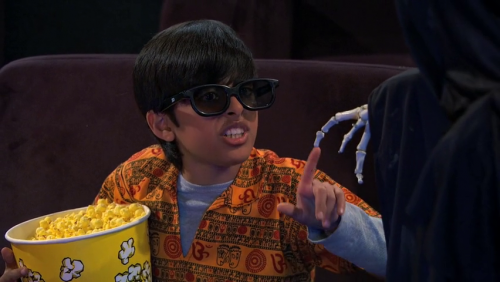
Ravi is the newest addition to the family, recently adopted from India. He brought with him his water monitor (Mr. Kipling), whom he met as a baby. He talks with an exaggerated accent and is constantly referencing Ganesh, samosas, tigers, non-violence, fortune telling, and curry – to name a few. He teaches a yoga class and wears sherwanis.
This entire character is straight out of Edward Said’s Orientalism. Essentially, orientalism is when Westerners lump the entire continent of Asia into one foreign land with which they can associate everything they don’t understand. Things from this exotic land are instantly mystical and weird, because orientalists don’t understand them. This is okay, because orientalists prefer things to be unknown and mysterious and magical. As one of my professors put it: Bizarre Foods with Andrew Zimmern is orientalism; Anthony Bourdain’s No Reservations is not. Jessie is orientalism.
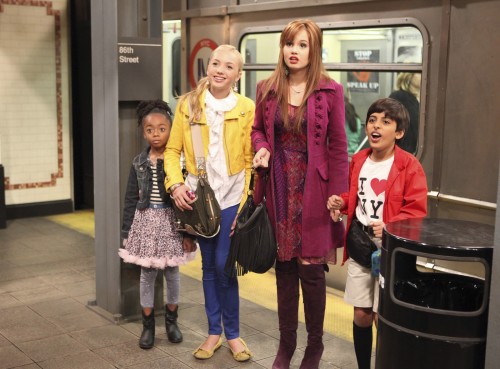
The idea that Ravi found a random lizard egg and decided to be best friends with it is one example of the orientalism used in this show. India does have a lot of wildlife, but it isn’t quite teeming with exotic creatures – one issue in India right now is how to protect the few tigers left on the planet, all of which live in India, mostly under precarious conditions. Especially since globalization, India is not really the image we have in our heads from Disney’s The Jungle Book, even though Disney is perpetuating this misconception through Ravi and Mr(s). Kipling’s friendship. We’re also exaggerating the influence Rudyard Kipling actually had on India. He traveled there a few times over a century ago; I’m pretty sure a random kid off the streets of India wouldn’t be naming his pet after him.
More importantly, even a “fresh off the boat” 8-year-old Indian kid who had not previously been exposed to American culture would not say things like “great Ganesh!” This isn’t a thing I have ever heard an Indian person say. I also don’t know any Indians who are constantly consulting their crystal balls and other magical ancient devices. A majority of the stereotypes Ravi embodies in the show aren’t even real stereotypes of India, so I really don’t understand why they are so prevalent. Also, how did an 8-year-old get certified to teach yoga? Is this also just because he is Indian?
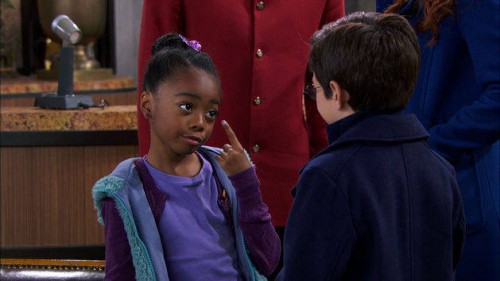
Zuri was apparently adopted from Africa as a baby and raised by an upper-class white family. However, her catch phrases are things like “mmmmhmmmm” and “oh no you didn’t,” both said in a very stereotypically Black way. She also has a major attitude problem that the adults never address, probably because they just assume all Black people act that way.
The worst part about her character to me is that not just the stereotypes, but the fact that she is exhibiting urban Black stereotypes despite never having been a part of urban Black society. She lives in an Upper East Side penthouse and was born in Uganda. It is reminiscent of early 20th century ideas: things like social darwinism. These characteristics of Zuri exist in her genetics just because of the color of her skin.
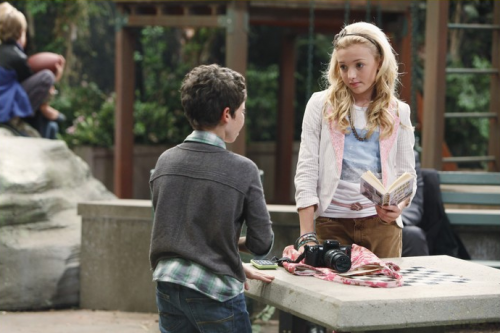
Emma and Luke are the two white children in the family. Emma is a typical “dumb blonde”; all she appears to be able to think about is boys, fashion, glitter, and celebrity gossip. She is constantly making ditzy comments and screaming high-pitched screams because she broke a nail. Luke is just a typical “boy,” which means he is always hitting on girls and using sexual innuendos. The sexual innuendos in themselves are in my opinion inappropriate for a children’s show; even if the target audience for these innuendos is parents, the children are the ones saying them. It isn’t just the innuendos in themselves, however – it’s that Luke’s character is perpetuating this idea that making degrading comments about girls’ bodies is okay, because it is just a “thing boys do.” Despite societal expectations, pretty blonde girls can care about more than looking good, and boys don’t have to constantly treat girls like objects.
The least offensive stereotype in this show is of Jessie. Since she’s from Texas, her dad is in the military and taught her how to shoot a gun when she was 5 years old. She also is always talking about how great Texas is. Typical Texan…
Recently, Disney Channel aired the worst episode of this show yet: “To Be or Not to Be.” In it, every character ends up switching bodies (a la Freaky Friday). If anyone had been watching the show and somehow didn’t realize how offensive all the stereotypes were, this episode makes it even more blatantly obvious. Jessie gets to put on a “Black girl” accent (I didn’t even know there was a “Black girl” accent?), and the butler does a terrible imitation of an Indian accent (think Ashton Kutcher Popchips ad, but worse). Wholesome Disney fun with hilarious racial stereotypes!
Edit: It just got even better. The new episode that aired 19 April 2013 has a women’s singer-songwriter show that Jessie is invited to perform at. Apparently the only people who would ever go to support aspiring female artists are other women – specifically, women who don’t shave their legs, hate all men, and wear ‘sensible shoes’. Hey, Jessie! You don’t have to hate men and fashion to be supportive of women. In fact, you can even be a man! And/or wear high heels!
Katherine Filaseta is a recent graduate of Washington University in Saint Louis, who is currently living and working with kids in New York. She really likes Bollywood, education, feminism, the performing arts, and apparently children’s TV. Follow her on twitter and wordpress.
